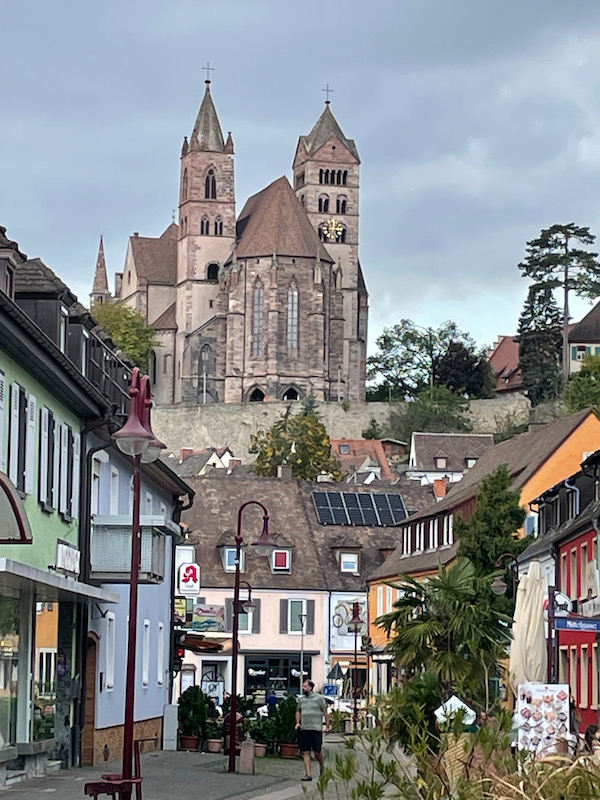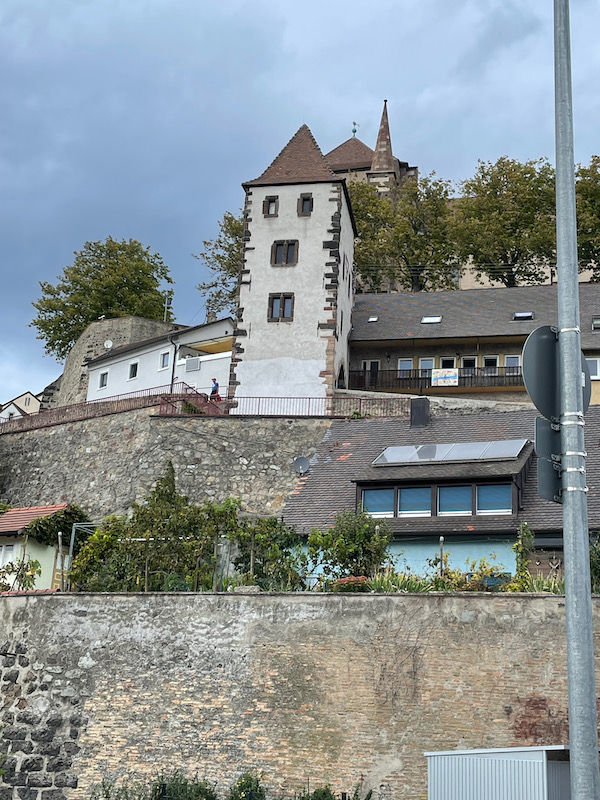Our Blog - Germany 2023 - Breisach am Rhein, Germany
The name "Breisach am Rhein" translates to Breisach on the Rhein, and it sits right on the Rhine River at the German/French border (which is in the middle of the river). There was a small Roman fort here back in the 4th century. Since it was German Unity Day, it seemed that everybody was out and parking was a bit problematic. We finally found a spot and headed to the walls of the old town. There were 2 walking tours that we pieced together with some of the major sites, but there were also lots of additional tourist signs with information on various things, like several monasteries that no longer exist.
We entered through the Rhine Gate, which was one of the gates into the city in the 14th century. But after Breisach fell to France in 1648, King Louis XIV had more extensive fortifications built, including a new Rhine Gate. Above the main door is a semi-circle which contains the French coat of arms above. There are various figures in niches as well as at the top of the gate.
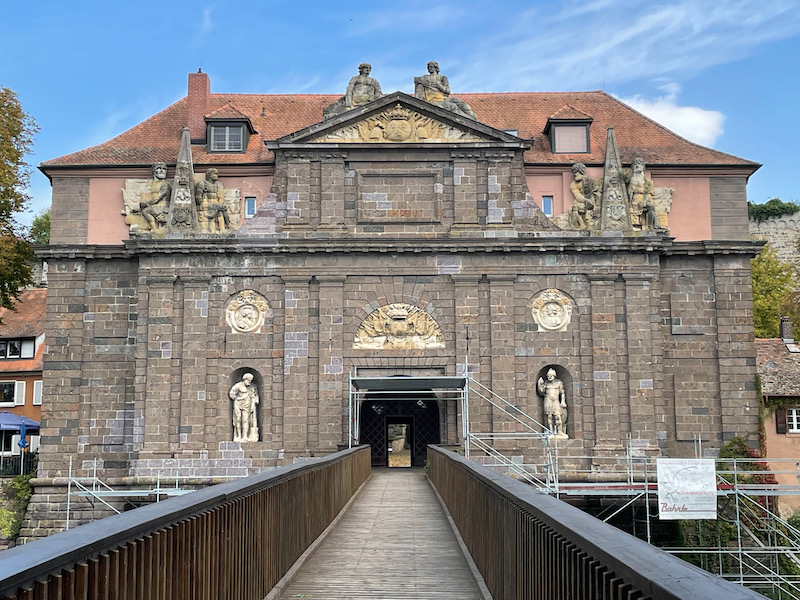
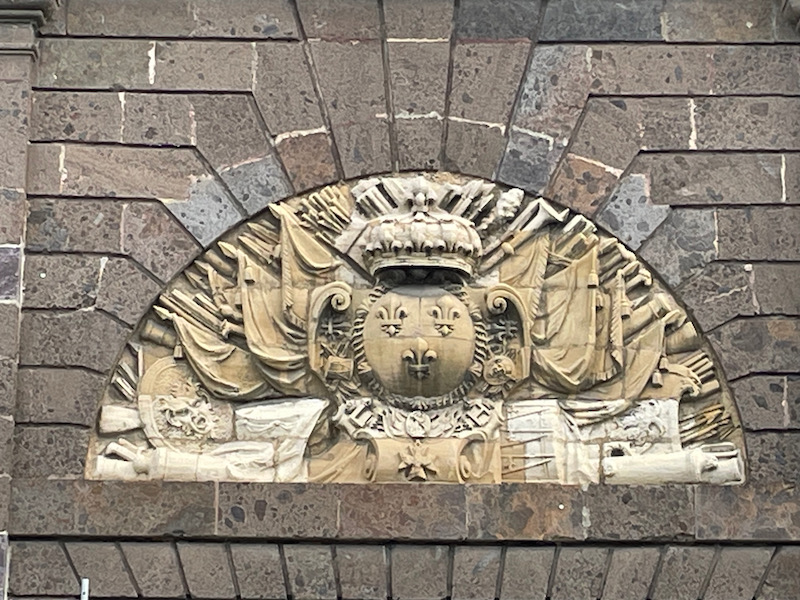
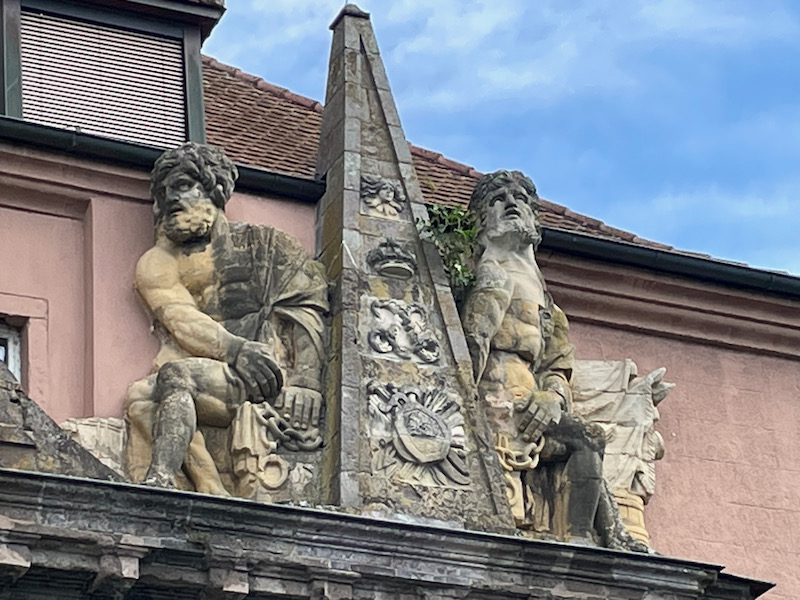
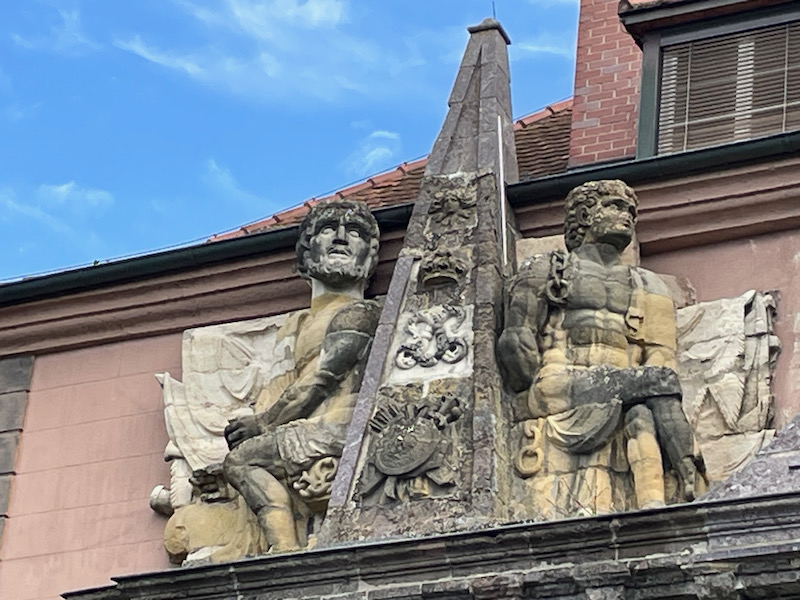
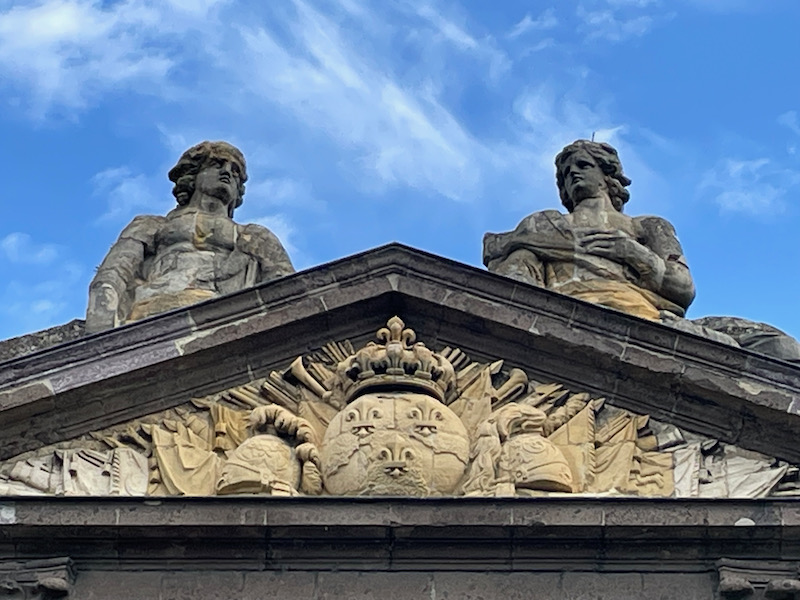
In the 17th and 18th centuries, Breisach was one of Europe's most important and strongest fortified cities. The fortifications were removed during the mid-18th century but there are a couple places where the walls are still visible.
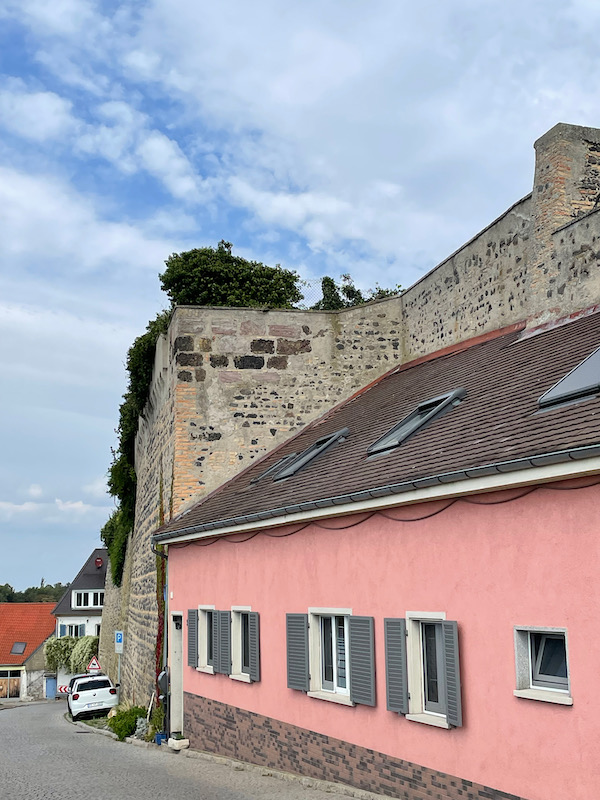
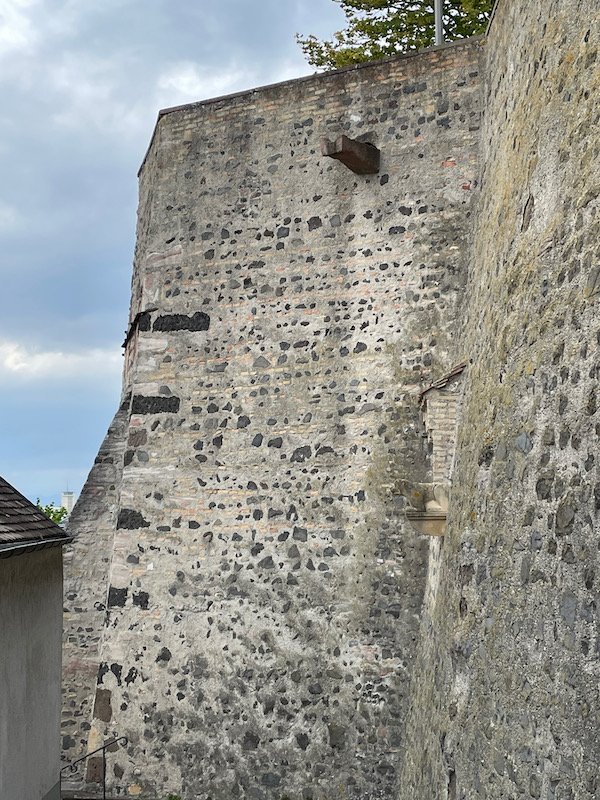
Another gate, this one is the Kapftor gate. Probably built in the 12th century, the name of the gate comes from the word "kaphe", which means "view". From 1895 to 1918, the gate served as a prison for the military. Interestingly enough, today it is an apartment so I guess you can live in the Kapftor gate.
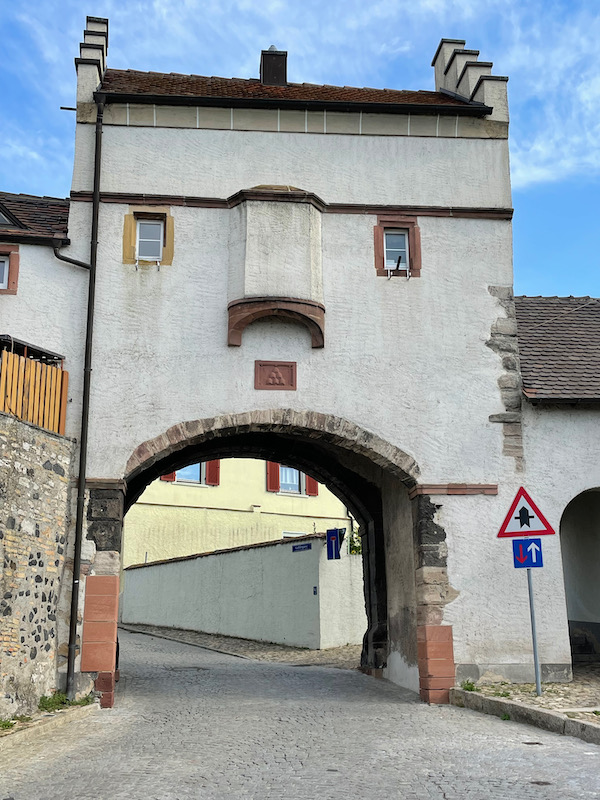
The Tulla tour is located where a castle was located from the 12th to the 18th centuries. The tower itself was built in 1874 in honor of Johann Gottfried Tulla (1770-1828), an engineer who changed the course of the Rhine river in the 19th century and is said to have "Tamed the Wild Rhine".
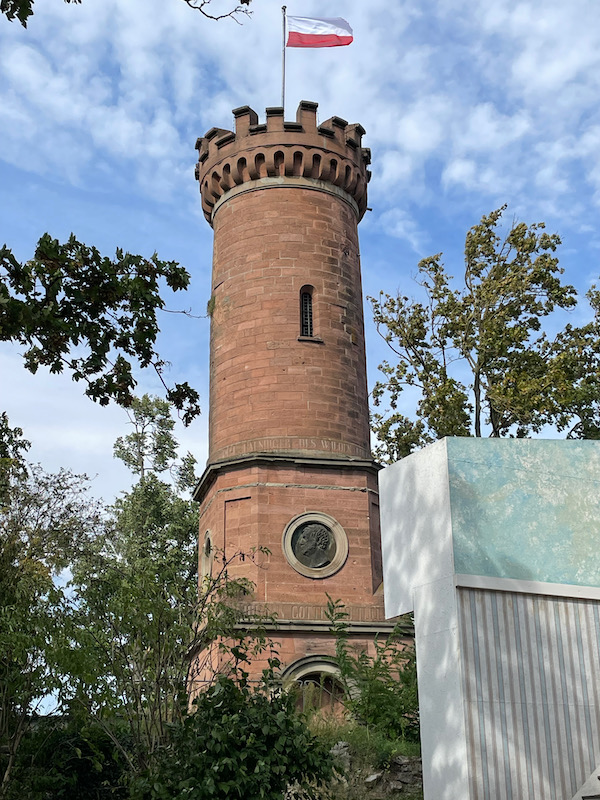
This house, called the "Zum Sternen" house, was built in 1536 but was mostly destroyed in 1793, with only part of the ground floor surviving. Luckily for us, the portico survived showing the date (1536) and medallions of King Ferdinand I and Charles V, Holy Roman Emperor.
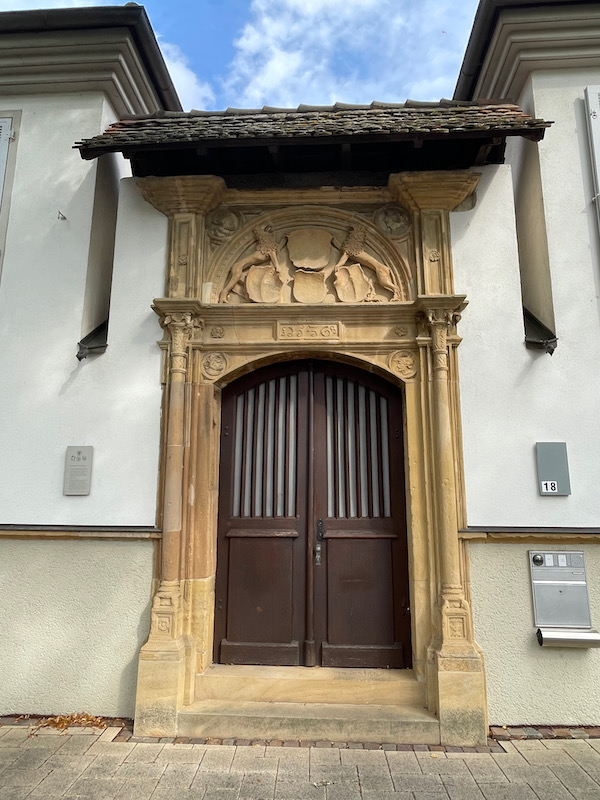
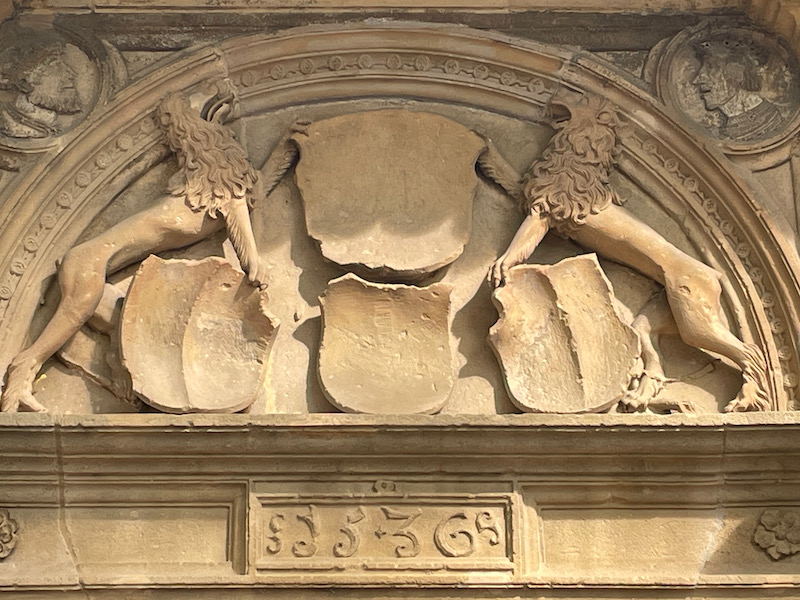
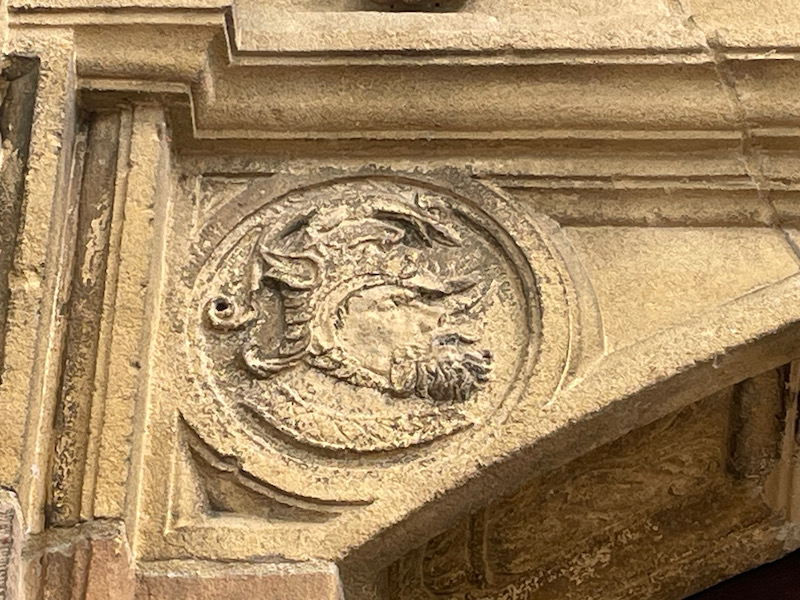
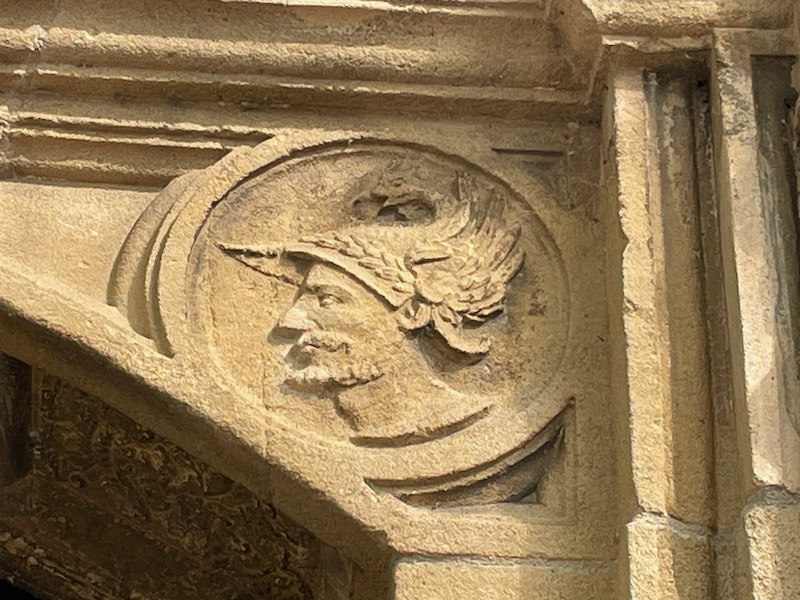
The Radbrunnen tower has a well that was dug during the reign of Herzog Bertold V von Zähringen in 1198 which is 41 meters deep. In the Middle Ages, the tower housed the town hall, the court, and the torture room. It is now used as a venue for exhibitions and concerts, and has an interesting piece of art on one side.
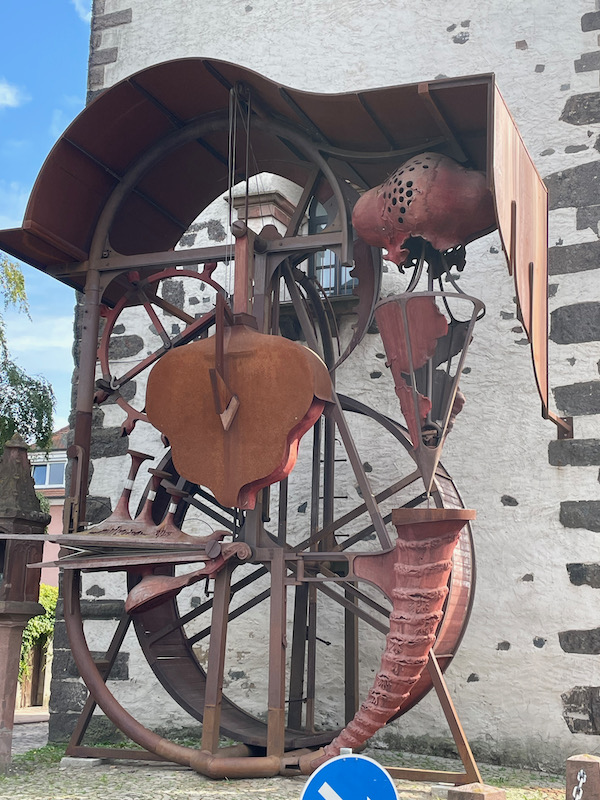
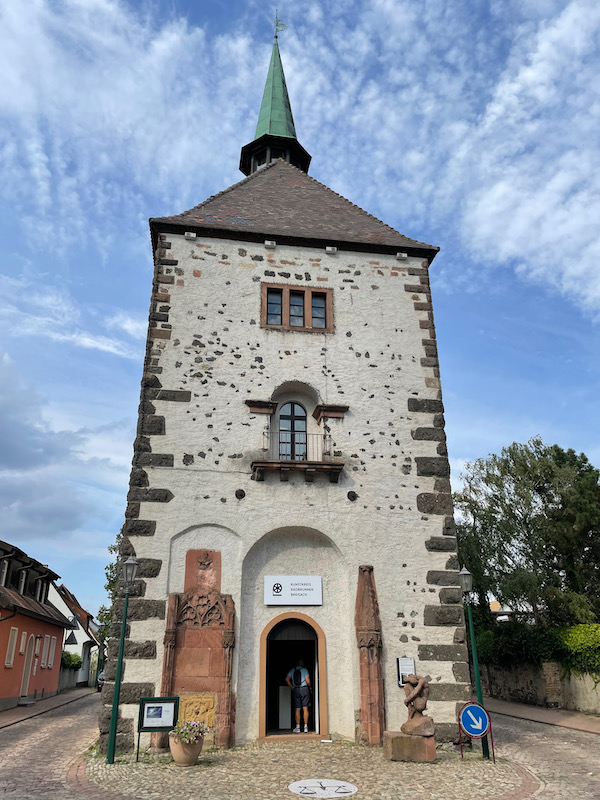
The St. Stephan church was built initially between the end of the 12th century and 1230 in a Romanesque style. The new choir was built from around 1275 in Gothic style. You can see the change .. look at the rounded, Romanesque arches in the bell tower, but then the thin, pointy-Gothic windows and the buttresses of the choir (to the left).
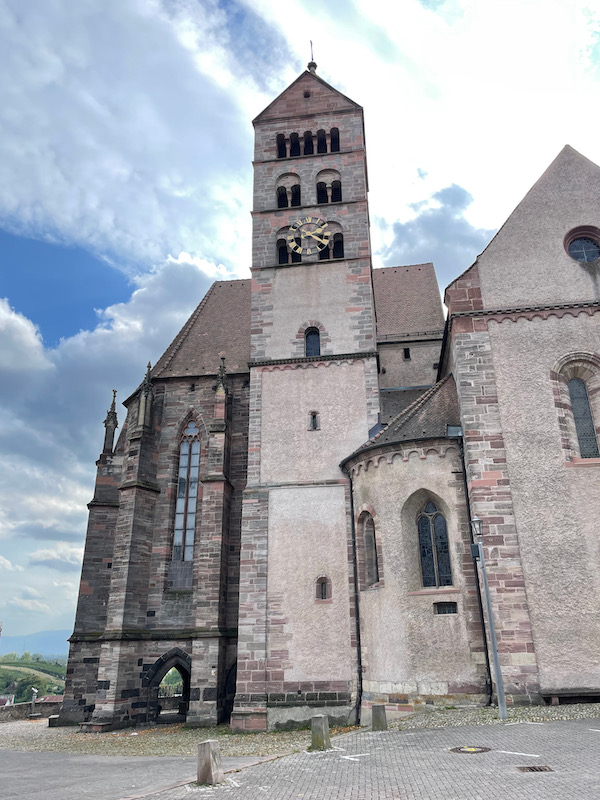
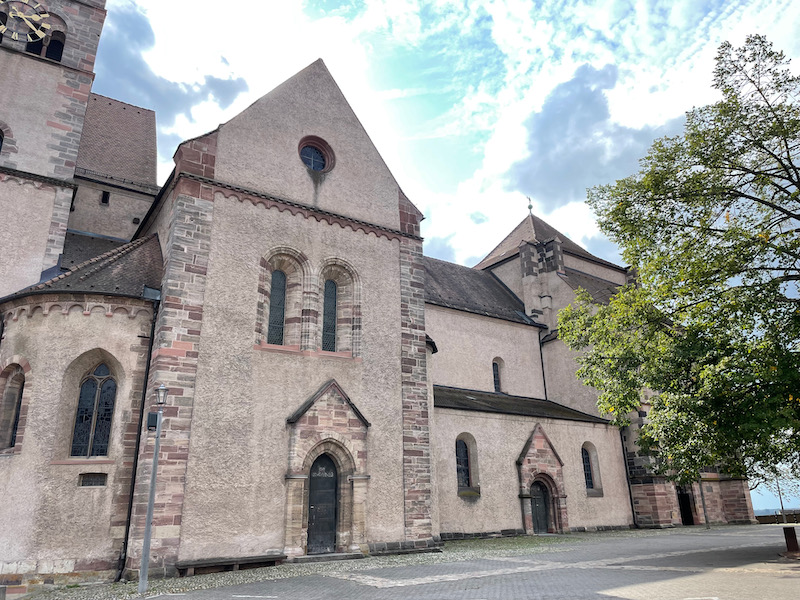
This late Gothic tympanum from the West doorway shows scenes from the life of the church patron saint, Saint Stephen. On the lower part, moving left to right, we see patron's calling by an apostle (the 4 people), then a depiction of his sermon to the Jews (you can see him standing and then the people directly to the right and left of him are covering their ears so as not to hear his supposedly blasphemous speeches). The right side depicts the stoning of Stephen. Then we move to the upper scene, where we see 2 angels placing his body in a sarcophagus. The angel above holds Stephen's soul in the form of a small child in his arms, to carry it to paradise.
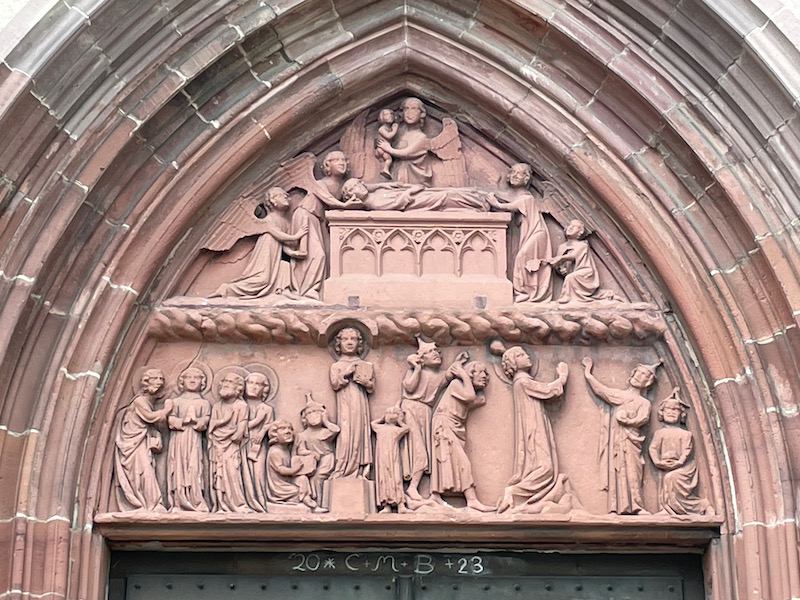
The main part of the church, looking down the nave, doesn't seem all that impressive. However, there are some very impressive parts (like the altar, rood screen, etc).
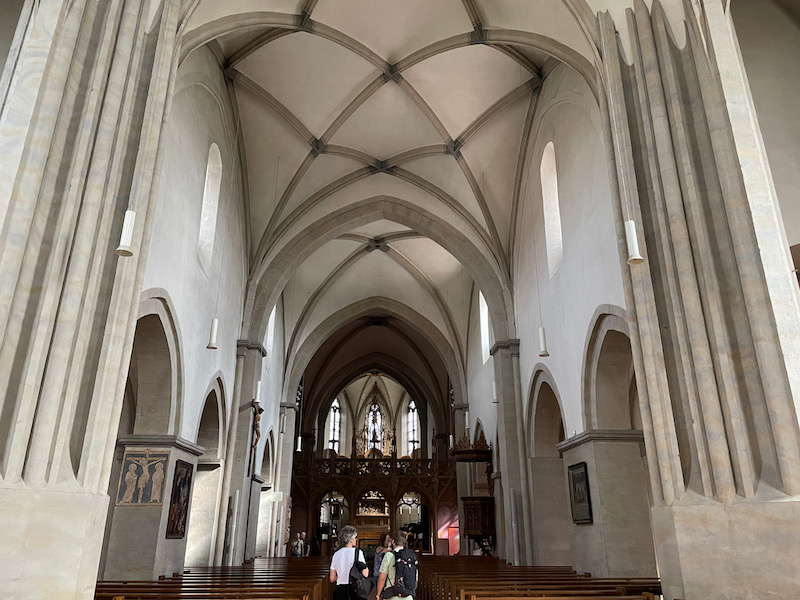
These paintings, done by Martin Schongauer between 1488 and 1491, depict the Last Judgment. My first picture is the West wall, which depicts Christ as judge of the world between Mary and John the Baptist. Then I have 2 pictures which show Hell (the North wall). The other wall (the South wall) shows paradise but isn't in as good shape as the other 2 walls.
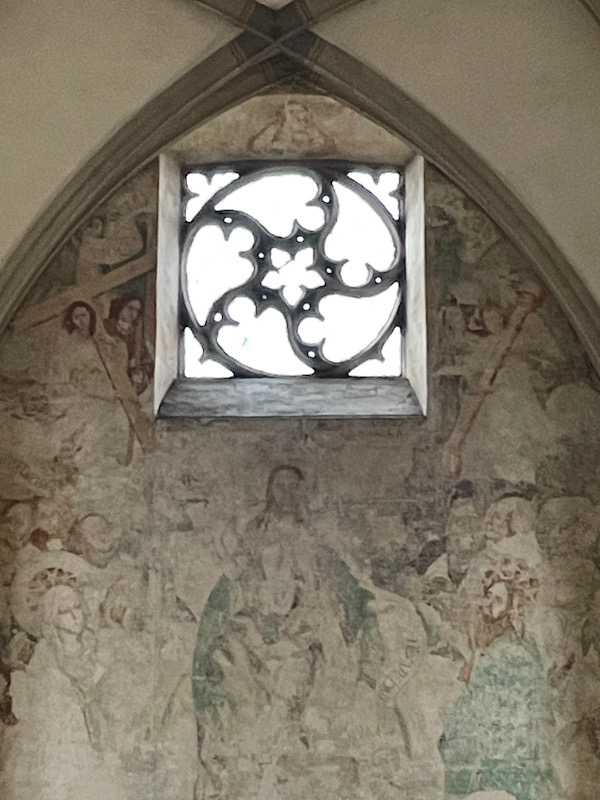
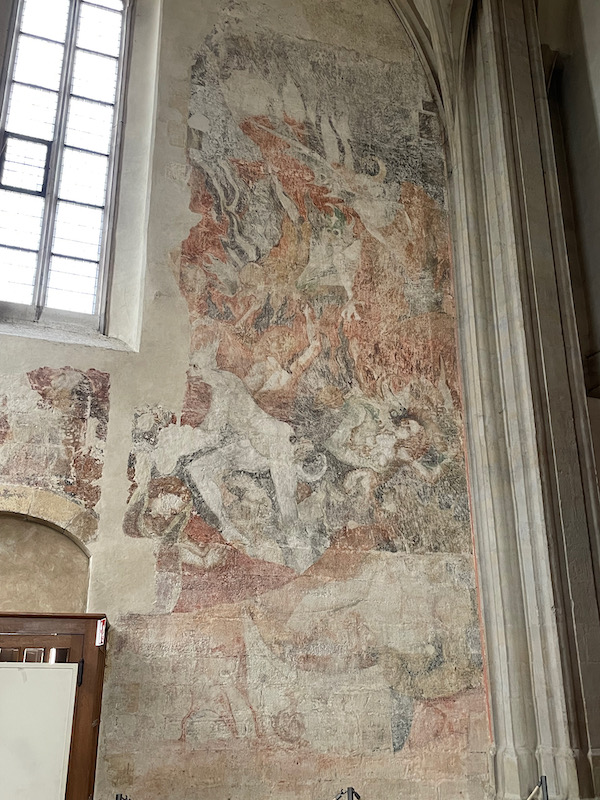
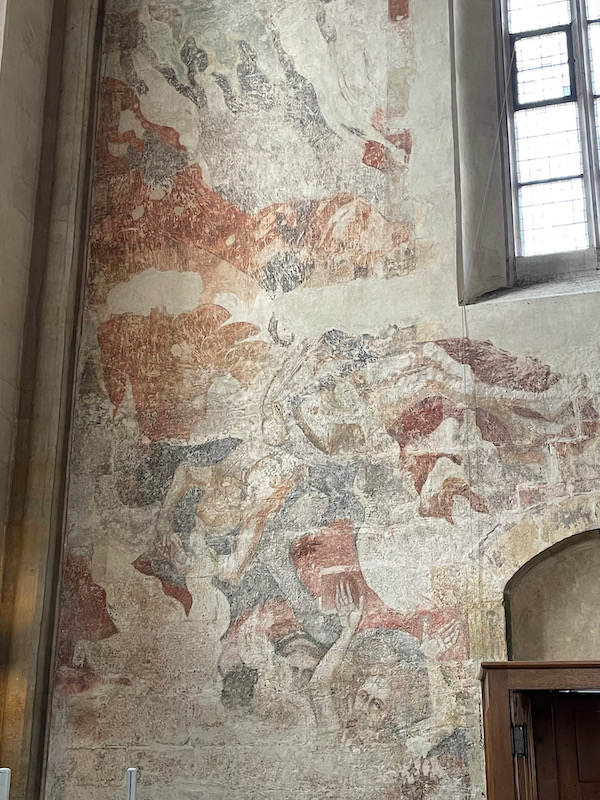
There are 10 modern stained-glass windows that were installed in 1966 and actually depict scenes such as the creation story, the life of Jesus, Pentecost, Resurrection, and the battle of Satan against the people of God. I'm not sure which this.
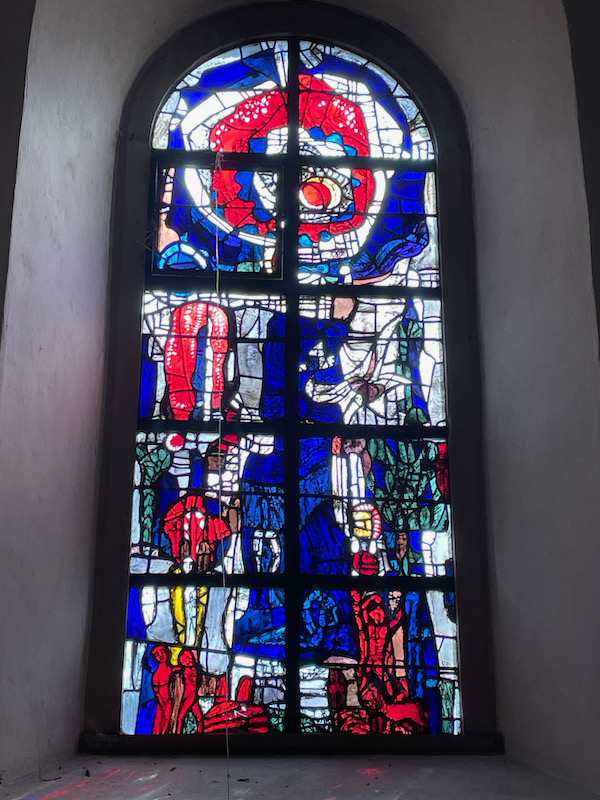
The pulpit dates from 1597 and is decorated with rich wooden inlays. It uses 2 different types of wood and colors - a golden brown base tone alternating with light wood - to enhance the effect.
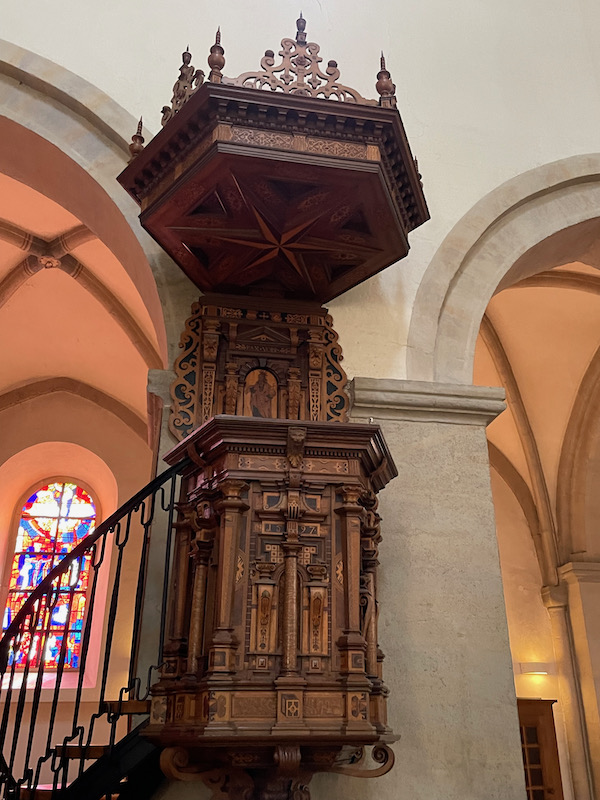
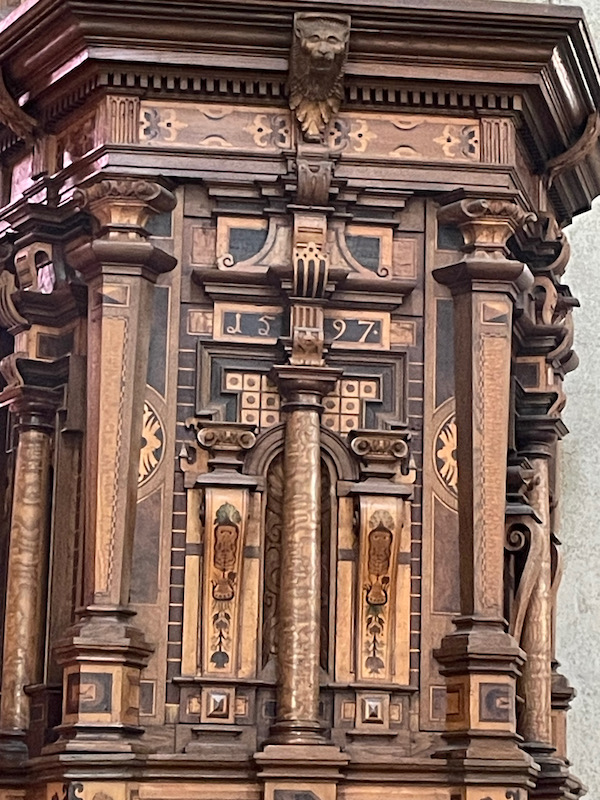
One of the highlights of the church is the rood screen, which was built in 1496. It was actually closed until 1960 and was a clear partition between the high choir of the clergy and the central nave of the people. It is made of carved yellow sandstone. There are 10 pointed arches (5 on each side) on slender pillars.
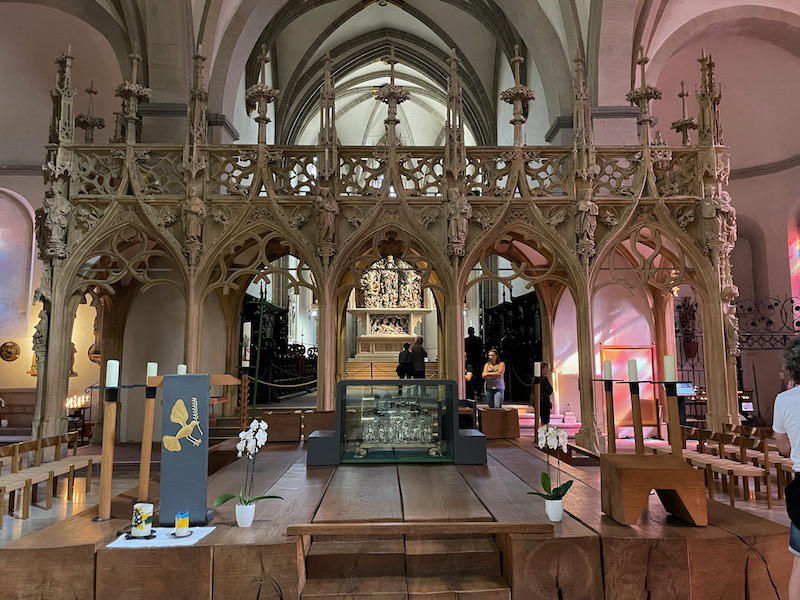
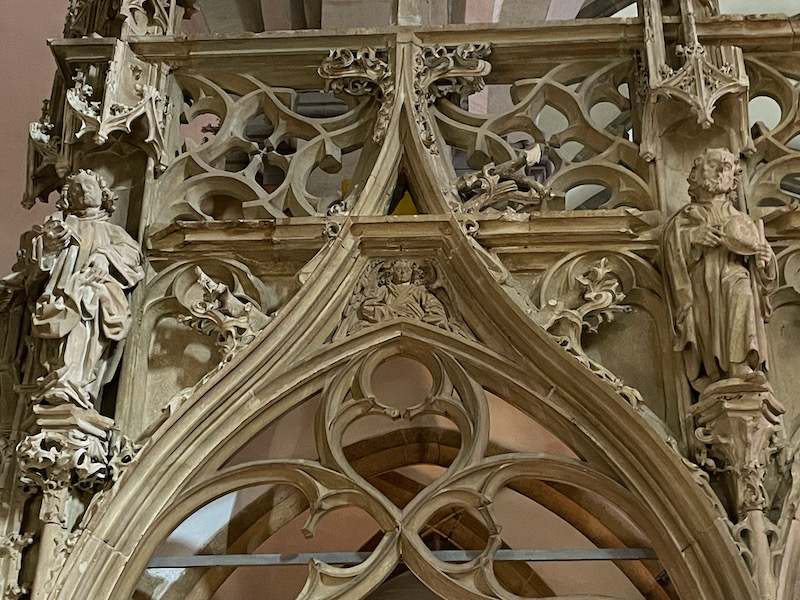
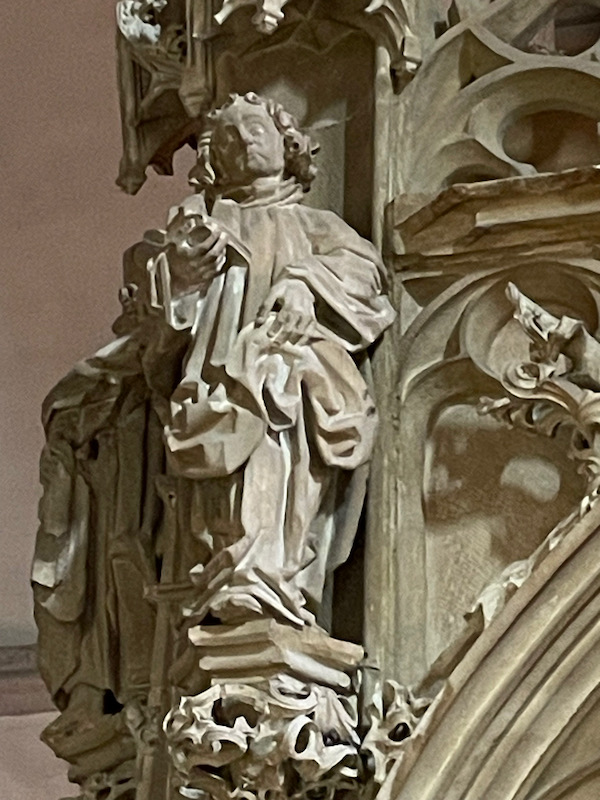
The other highlight is the main altar, which is one of the most important carved works of German art at the turn from the Gothic to the Renaissance, completed in 1526. It is an open altarpiece carved out of lime wood, with the main section, two wings, a section below the main section, and the gothic spires. The central motif is the depiction of the coronation of the Virgin Mary.
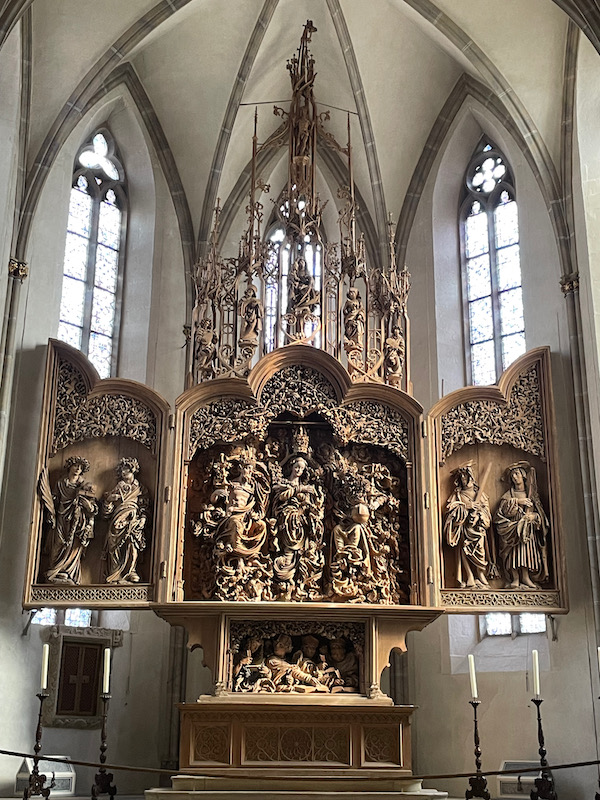
Starting from the left wing, we see 2 church patrons, Stephen with a stone and a Bible, and Laurentius with a book. Both are dressed in Roman tunics. The martyr Stephen holds a long palm branch as a sign of victory. The middle is more difficult to see, but it shows the crowning of Mary (in the very middle). The in the right side wing, the city patrons Protasis and his younger brother Gervasius, dressed in fashionable patrician clothing from the 16th century.
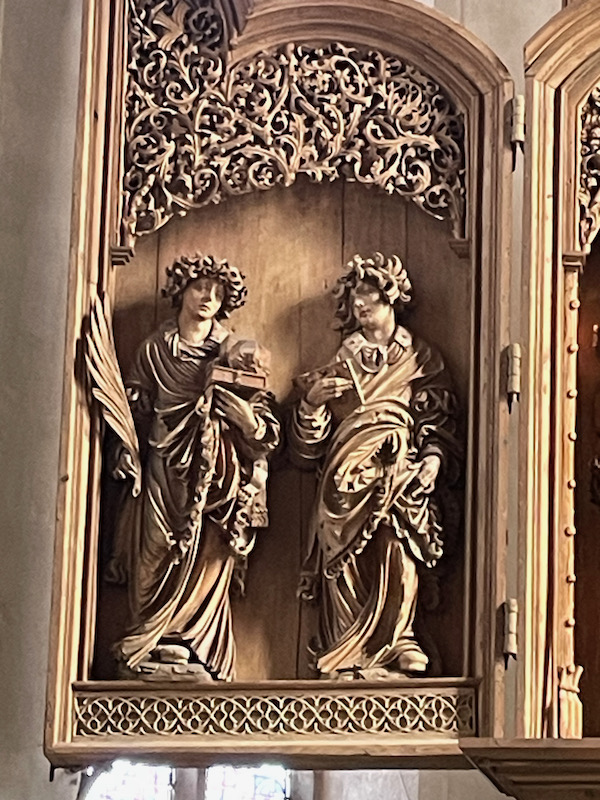
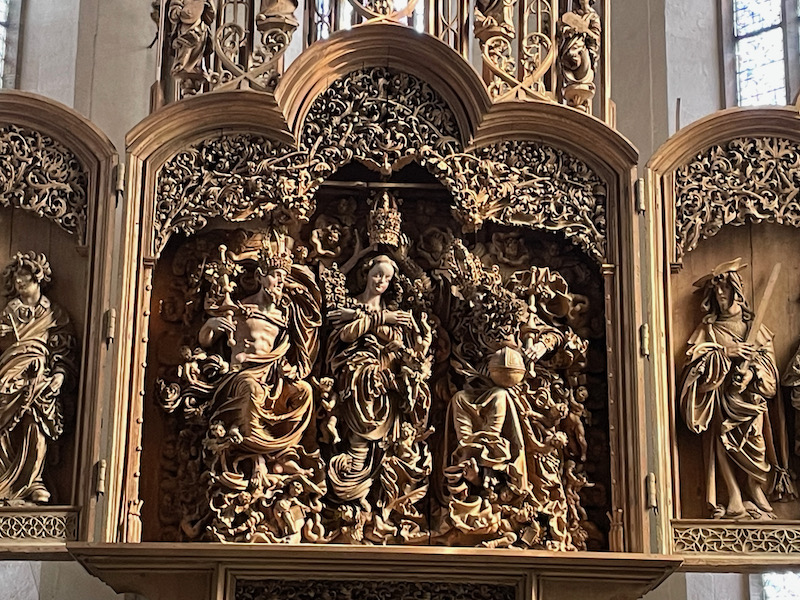
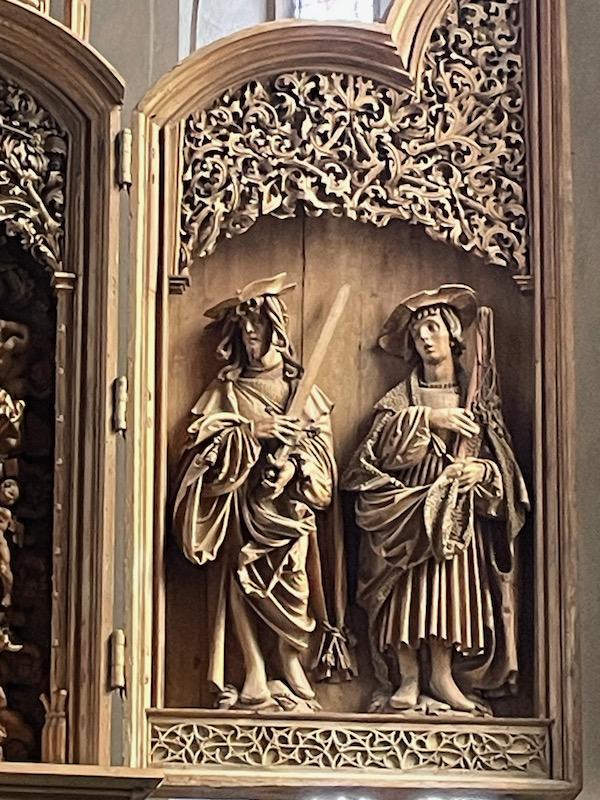
The "predella", which is the part underneath, has the 4 evangelists (John, Matthew, Mark, and Luke) shown as half-figures from left to right at different ages, with John being the youngest and Luke being the oldest. Each evangelist is assigned his attribute eagle, man, lion, or bull. All four write in their book, which is in front of them, and look in different directions.
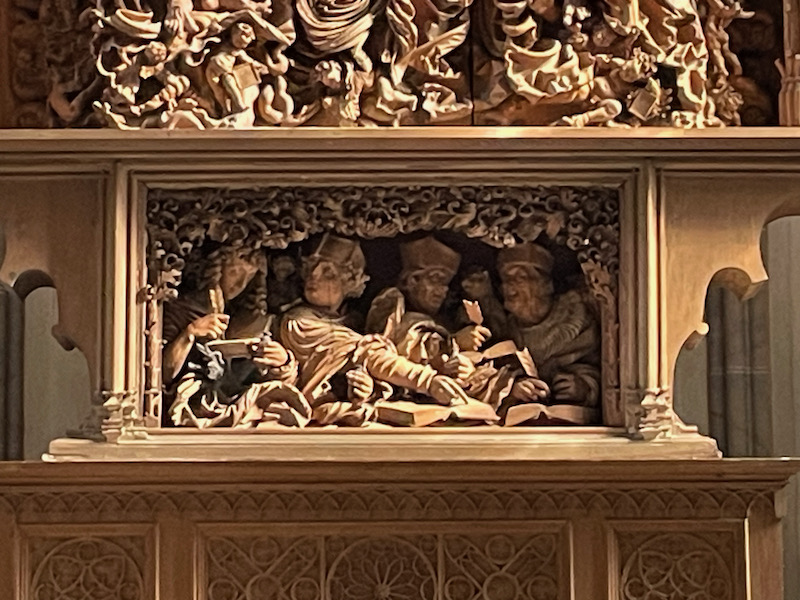
The Hagenbach Tower was first mentioned in 1319 and was a prison. It is named for the Governor, Peter of Hagenbach from Burgundy, was imprisoned in 1474 before his execution for murder, breach of oath, and rape.
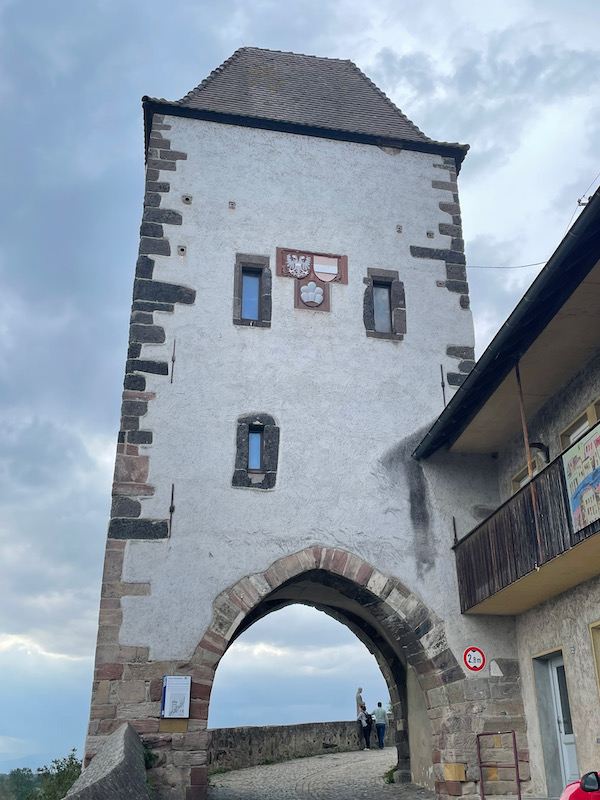
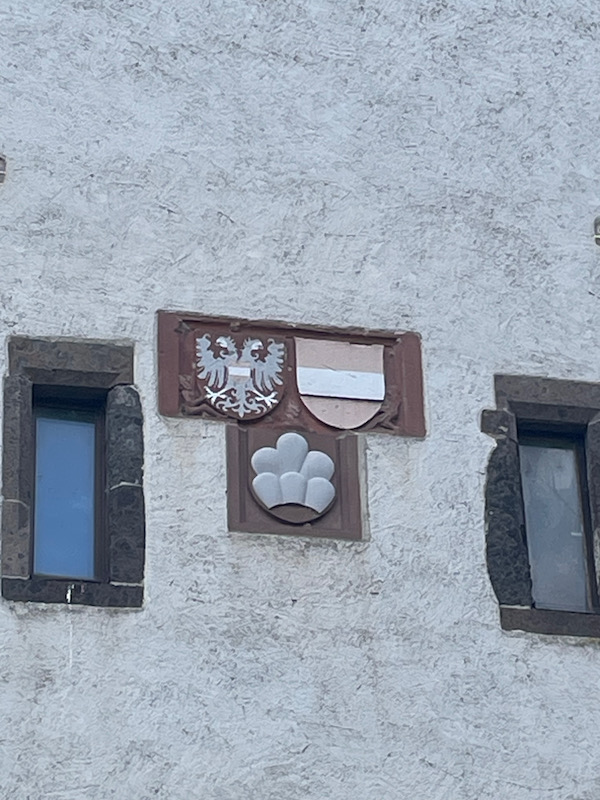
The Gutgesellentor gate was built in 1402. Its "claim to fame" is that in 1415, Pope John XXIII, then on the run from the Council of Constance, was arrested at this gate. The inside of the gate (1st picture) looks quite a bit different than the outside of the gate (2nd picture).
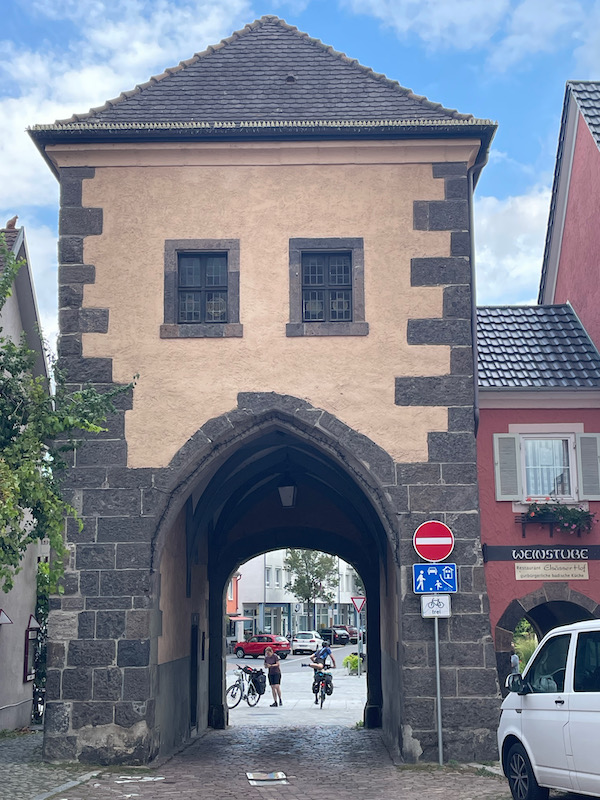
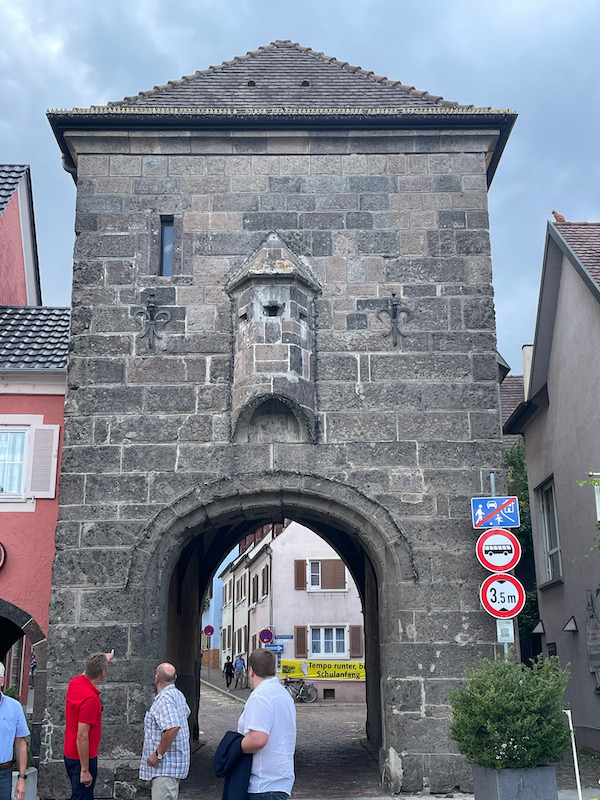
A few views from the lower-town, up to the church and Hagenbach Tower, up on the hill.
